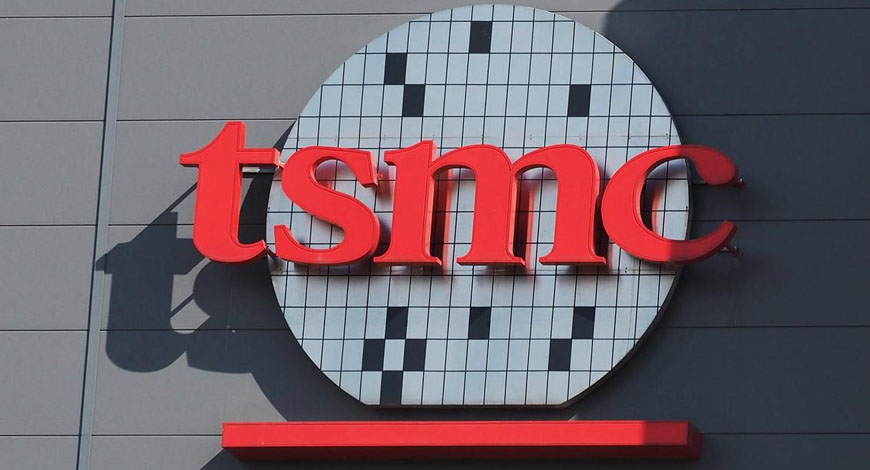Company News
TSMC aims to grow workforce to 100,000 employees

Chipmaker Taiwan Semiconductor Manufacturing Company (TSMC) recently re-entered the ranks of the 10 most valuable companies in the world — and it plans to ride its AI-fueled growth to a 100,000-strong global workforce, an executive says.
The world’s largest semiconductor foundry currently has about 77,000 employees worldwide, but plans to reach 100,000 in the next few years, Lora Ho, the company’s senior vice president of human resources, told CNN.
TSMC and its subsidiaries had more than 56,000 employees around the world by the end of 2020. The chipmaker produces an estimated 90% of advanced chips in the world, and counts Nvidia and Apple as its clients. TSMC reported its largest profit decline since 2019 in its third-quarter results in October, pointing to weak demand for its clients’ consumer tech products, including smartphones and laptops. But the AI craze has led to a higher valuation and rising stock price for the company. TSMC stock is up about 37% so far this year.
“The surging AI-related demand in 2023 supports our already strong conviction that the structural demand for energy efficient computing will accelerate in an intelligent and connected world,” C.C. Wei, TSMC’s chief executive, said on an earnings call in January. “TSMC is a key enabler of AI applications. … Thus, the value of TSMC technology position is increasing, and we are all well-positioned to capture the major portion of the market.”
The chipmaker opened its first chip factory in Japan in February — Japan Advanced Semiconductor Manufacturing (JASM) — and is expected to start operations there later this year. It has also announced plans to open a second Japanese factory in the next few years, with both plants receiving a reported $20 billion in private sector investments. It is also expected to open a $40 million semiconductor site in Arizona, blaming a shortage of skilled workers. CNN















You must be logged in to post a comment Login